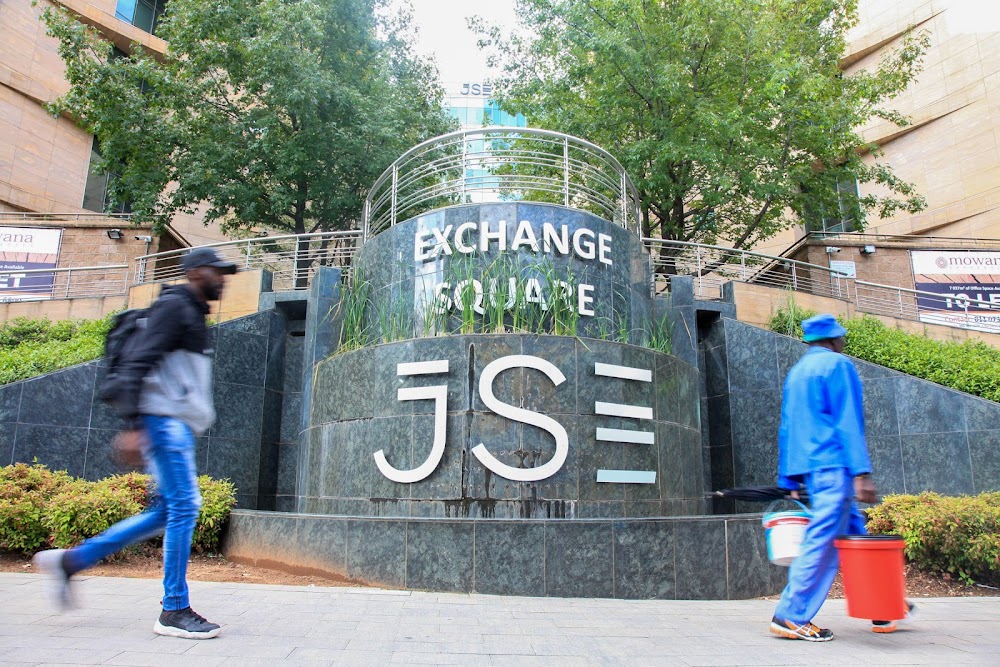SA’s economy feels sluggish, yet the JSE has been notching up record highs. Many investors are baffled that share prices are climbing while growth remains weak. Why do markets and economies so often disconnect, and what should investors do to respond?
The stock market is not a reflection of SA GDP. Less than half of the JSE is truly domestic in nature. About 30% are resource companies, which are heavily skewed towards precious metals, while the remaining 25% are global-facing counters that earn hard currency. This structure means that when precious metals prices rally strongly, as has occurred this year, the local market is lifted even if the economy is under strain.
Compulsory monthly pension fund inflows create steady demand for SA equities. Since more than half of retirement money has to be invested locally, the JSE benefits from a permanent flow of capital that supports share prices.
This phenomenon is not unique to SA. In the US, the “Magnificent Seven” technology companies have dominated performance, leaving the rest of the index lagging. This explains why many investors feel a disconnect between record highs and their own experience of the economy. It is a reminder that index levels can disguise uneven performance beneath the surface.
Liquidity is another central theme. Vast financial deficits since Covid-19 have left more money in the system than traditional models would predict. This liquidity has been a major driver of risk assets, lifting equities and gold. Investors must recognise this dynamic rather than assuming markets are being irrational.
In a fiscally dominated world, in which safe government bonds may not always offer a return above inflation, investors are drawn to other assets. The main risk is not change itself but the speed of adjustment. When capital shifts too quickly, instability follows.
